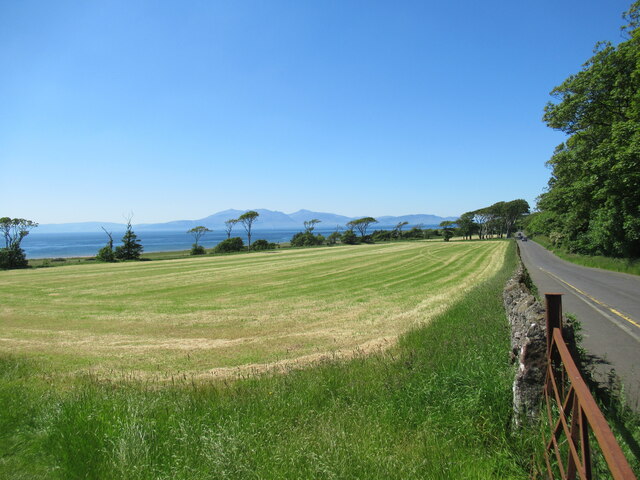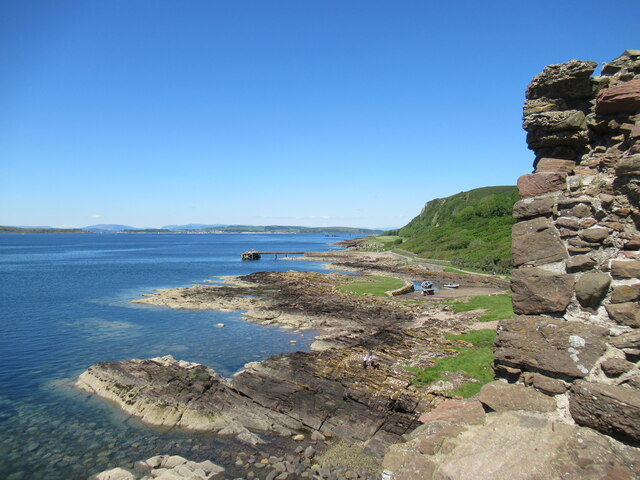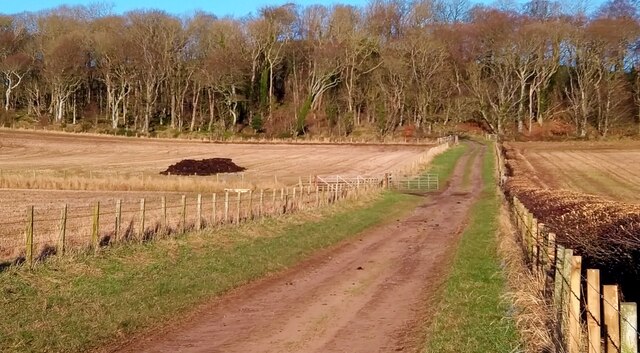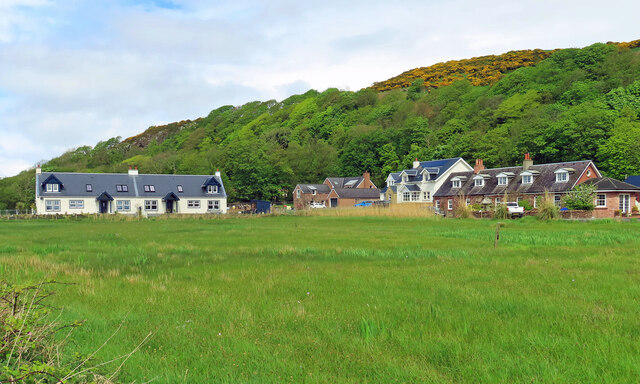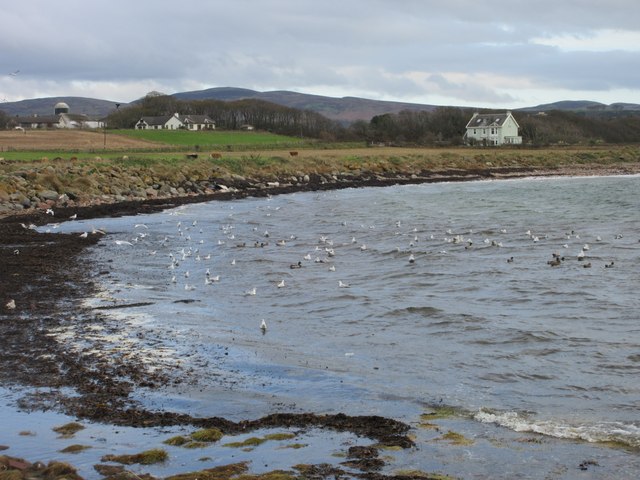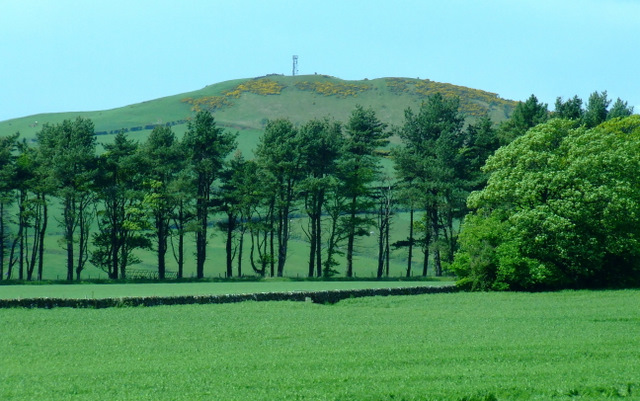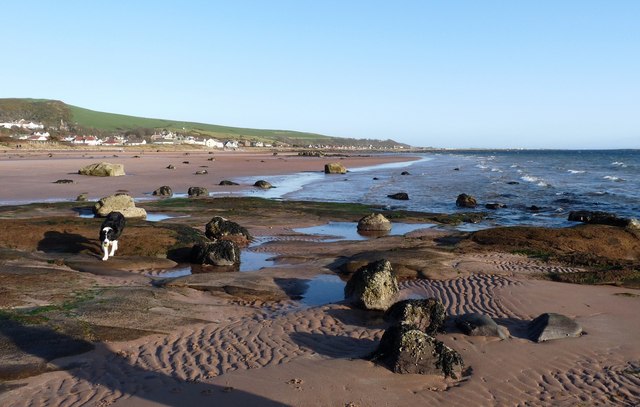Bell Stane
Island in Ayrshire
Scotland
Bell Stane
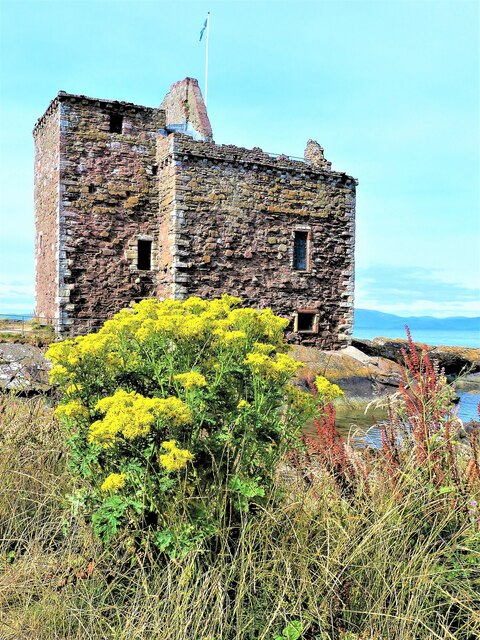
Bell Stane is a small island located off the coast of Ayrshire, Scotland. Situated in the Firth of Clyde, it forms part of the larger Isle of Arran archipelago. The island is known for its distinct shape, resembling a bell, which gives it its name.
Measuring approximately 3.5 hectares in area, Bell Stane is primarily composed of rugged coastal cliffs and rocky outcrops. The island boasts a diverse range of flora and fauna, including various seabird species such as gannets, puffins, and guillemots. The surrounding waters are also home to a rich marine life, with seals and dolphins often spotted in the area.
Access to Bell Stane is limited due to its remote location and lack of proper infrastructure. The island does not have any permanent human inhabitants, and there are no facilities or services available for visitors. However, it attracts a small number of adventurous tourists and wildlife enthusiasts who are drawn to its untouched natural beauty and tranquility.
Visitors to Bell Stane can enjoy panoramic views of the surrounding coastline and the nearby Isle of Arran. The island offers opportunities for coastal walks and birdwatching, as well as fishing and boating activities in the surrounding waters. It is important for visitors to respect the fragile ecosystem and leave no trace when exploring the island.
Overall, Bell Stane is a picturesque and secluded island, offering a peaceful retreat for those seeking a connection with nature and a chance to experience the untamed beauty of the Ayrshire coast.
If you have any feedback on the listing, please let us know in the comments section below.
Bell Stane Images
Images are sourced within 2km of 55.688874/-4.8805431 or Grid Reference NS1947. Thanks to Geograph Open Source API. All images are credited.

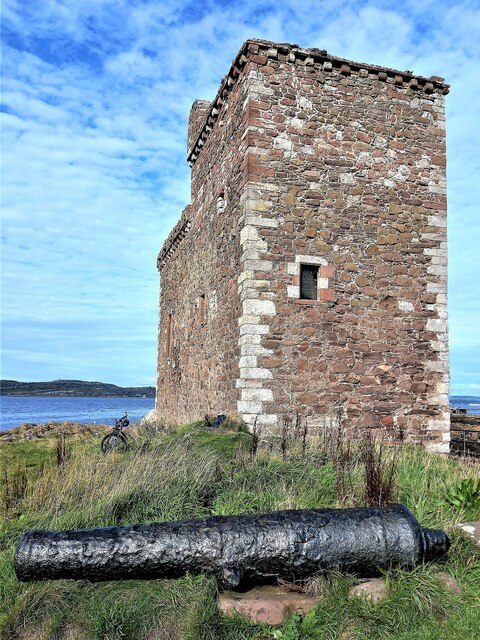
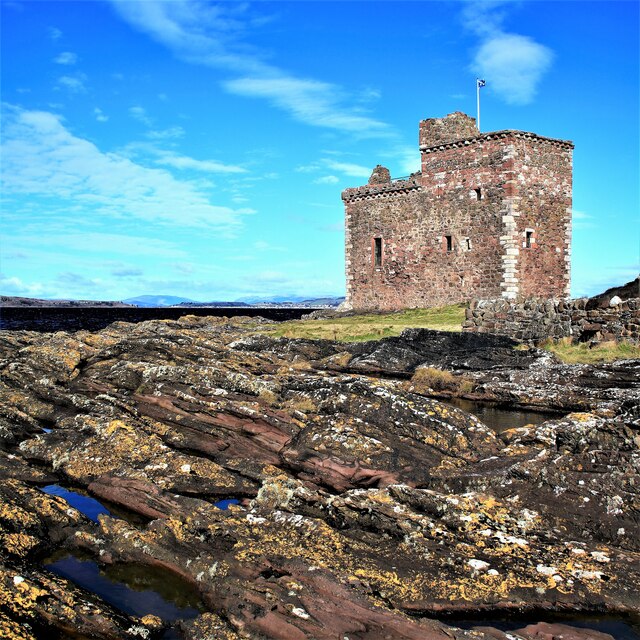
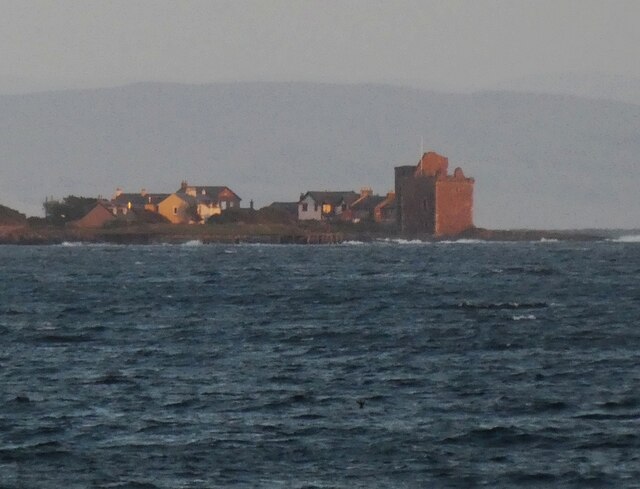
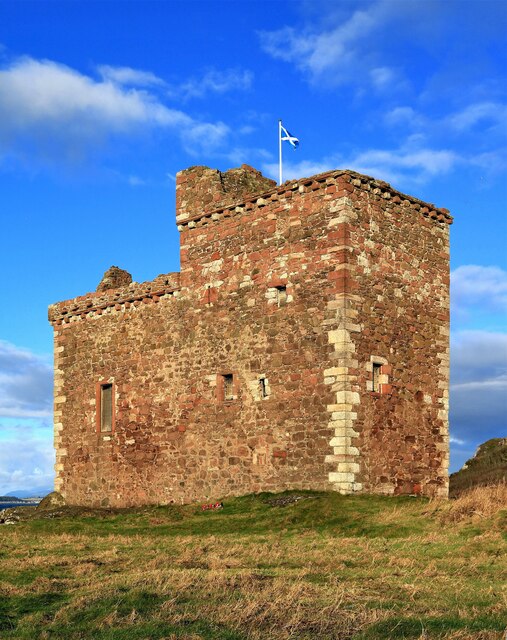
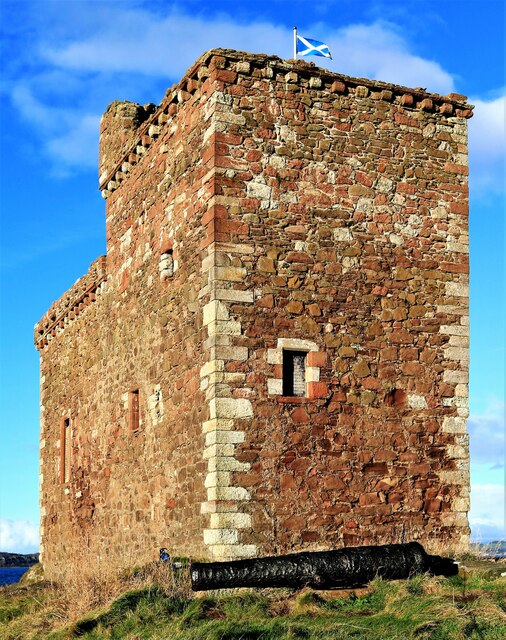
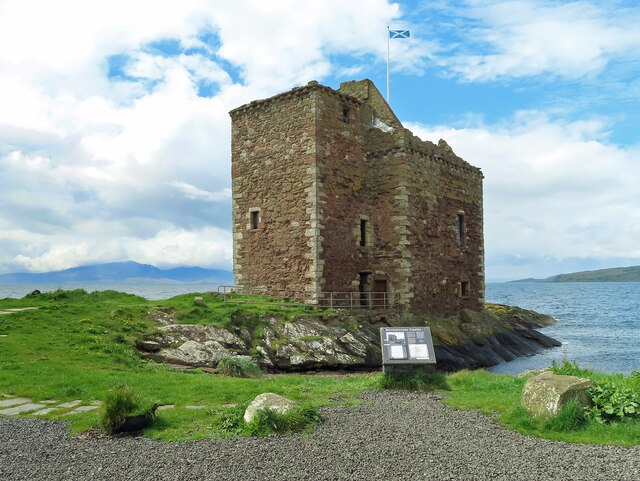
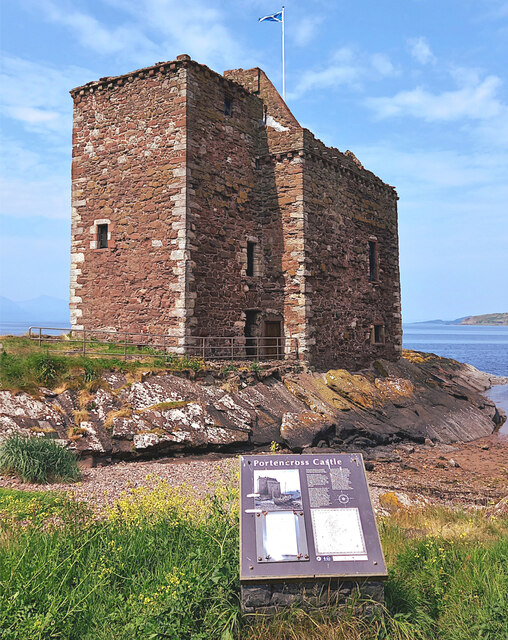
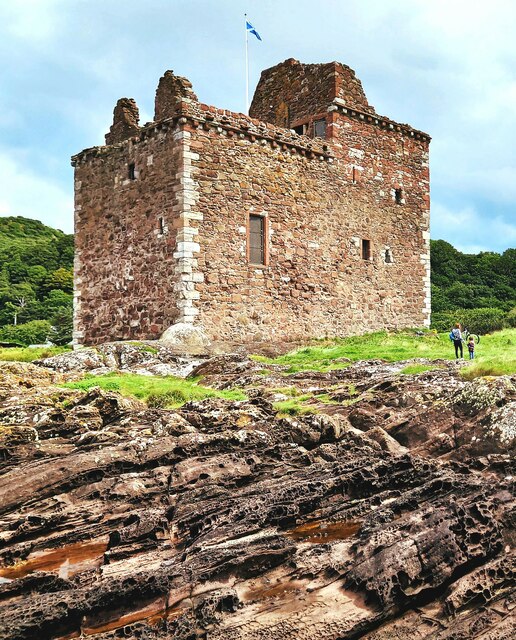
Bell Stane is located at Grid Ref: NS1947 (Lat: 55.688874, Lng: -4.8805431)
Unitary Authority: North Ayrshire
Police Authority: Ayrshire
What 3 Words
///speedily.really.disprove. Near West Kilbride, North Ayrshire
Nearby Locations
Related Wikis
Seamill
Seamill is a village in North Ayrshire on the west coast of Scotland, about 5 miles north of Ardrossan and 8 miles south of Largs, on the east coast of...
West Kilbride
West Kilbride (Scottish Gaelic: Cille Bhrìghde an Iar) is a village and historic parish in North Ayrshire, Scotland, on the west coast by the Firth of...
Portencross
Portencross (Scottish Gaelic: Port na Crois) is a hamlet near Farland Head in North Ayrshire, Scotland. Situated about three kilometres (two miles) west...
Portencross Castle
Portencross Castle, also known historically as Portincross Castle, is situated in Portencross, on the west coast of Scotland, about 3 km from West Kilbride...
West Kilbride railway station
West Kilbride railway station is a railway station that serves the village of West Kilbride, North Ayrshire, Scotland. The station is managed by ScotRail...
Law Castle
Law Castle is situated on the lower slopes of Law Hill on the edge of West Kilbride, in North Ayrshire, Scotland. It is around 200 metres (660 ft) from...
Murder of Mary Speir Gunn
Mary Speir Gunn (31 August 1862 – 18 October 1913) was murdered in a shooting attack at the isolated Northbank Cottage near Portencross in North Ayrshire...
Law Hill
Law Hill is a hill in the North Ayrshire town of West Kilbride, overlooking the Firth of Clyde and the hills of Arran beyond. The summit rises above the...
Nearby Amenities
Located within 500m of 55.688874,-4.8805431Have you been to Bell Stane?
Leave your review of Bell Stane below (or comments, questions and feedback).
